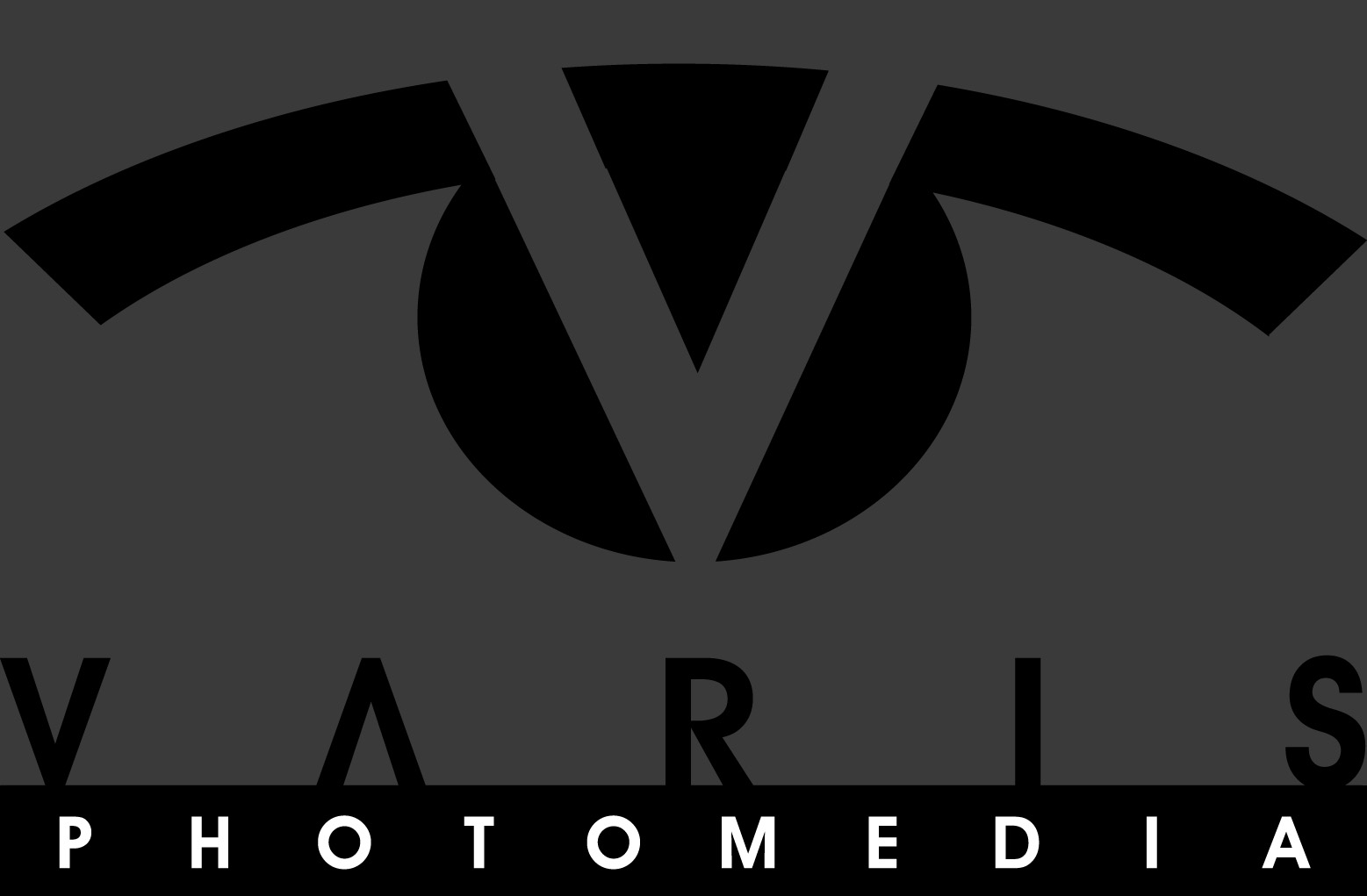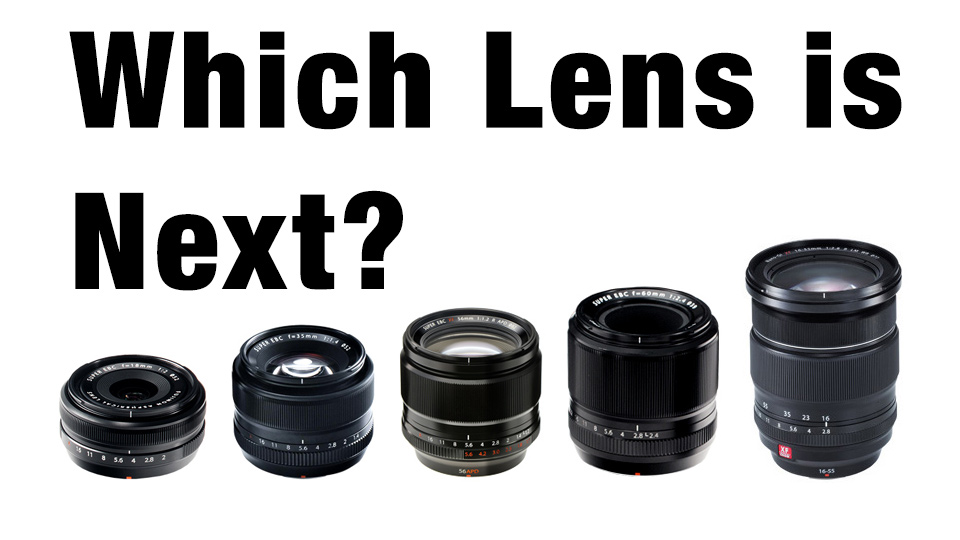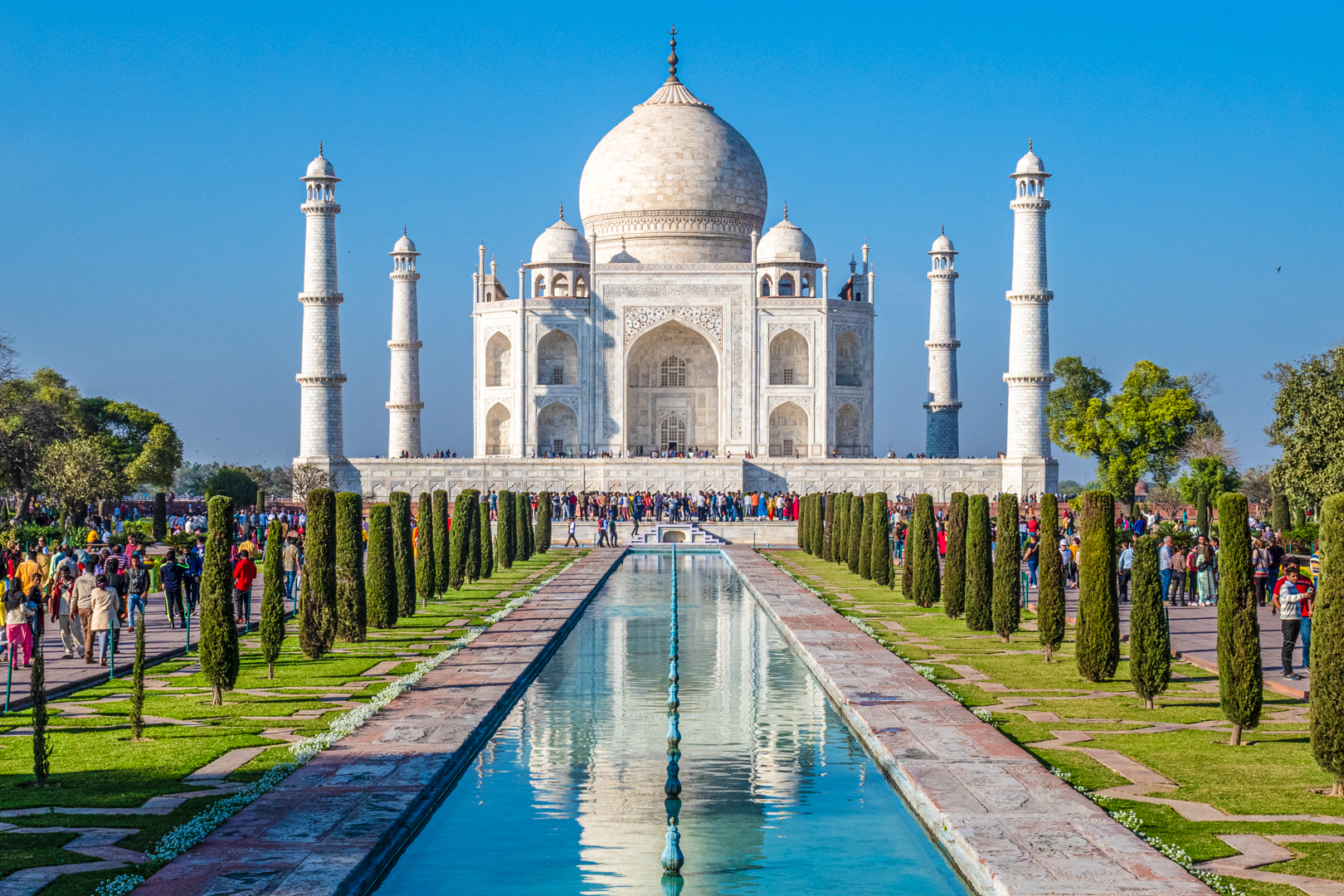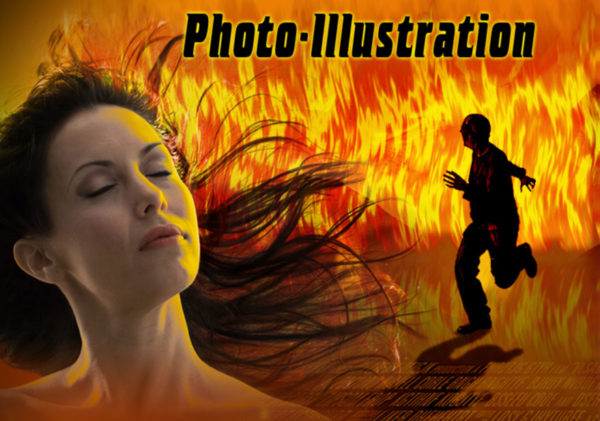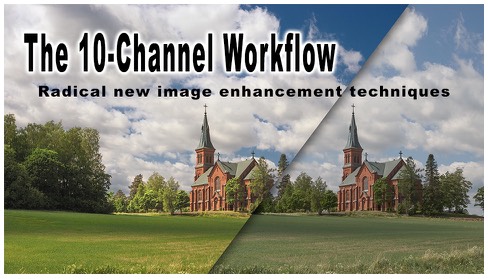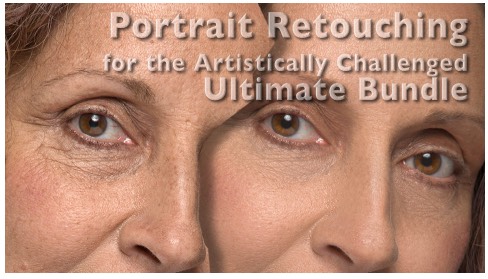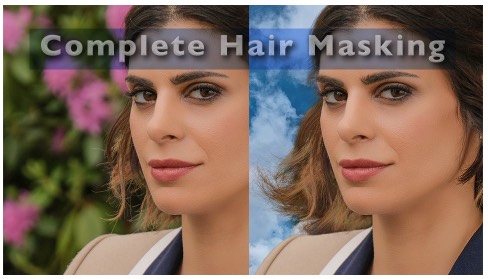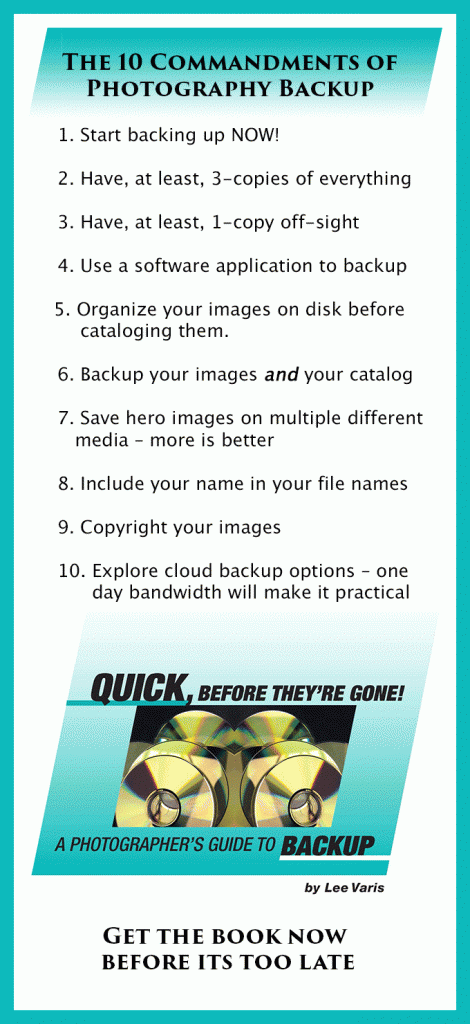The Quandary of the Most Important Purchase After the Camera
The investment in a new camera is really a commitment to an image capture system that includes additional lenses, a speedlight and any number of other accessories. Arguably, the most import decision any photographer makes after the purchase of the camera, is the choice of additional lenses—what should one get next? Polls are conducted online, and in person. Blogs are consulted, and everyone, and their brother has an opinion! In the end, nobody can decide for you! The best advice is to wait, get comfortable with your camera first, and then choose your next lens based on what your needs are vs your pocketbook!
I will discuss decision making strategies based on my system of choice, the X Series lenses available for Fujifilm’s quality mirrorless cameras!
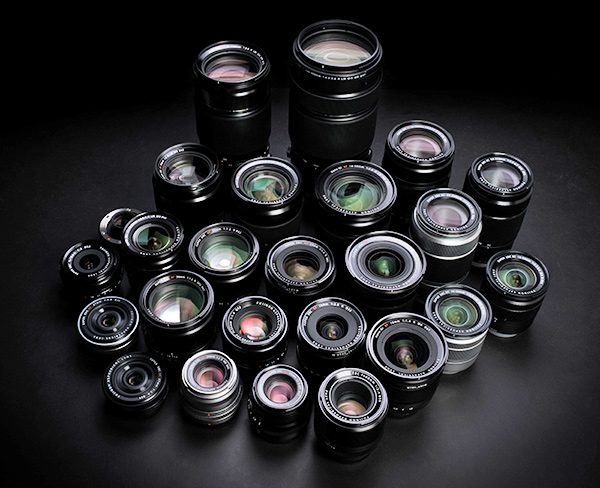
Fujifilm has a very comprehensive line of lenses for their X Series cameras.
OK, so other than the advice to purchase the best lens one can afford, how does one go about deciding on the next lens to enhance the photographic experience? This turns out to be a fairly complex process that usually starts with answering the question “what kind of photography do you do?” You can’t simply say “every kind!” Almost every photographer I know engages in many different types of photography: landscape, portraits, street, sports—it always ends up being quite a range, but you have to narrow it down to the most common genre, the one you engage in most often. Assuming that you don’t have unlimited resources, the next lens you purchase should be one that you are likely to use a good amount of the time!
Your next lens should also complement your current “main” lens—this is usually the kit lens purchased with the camera! The “kit” lens is almost always a budget medium zoom like the XF18-55mmF2.8-4 R LM OIS of the Fuji-X cameras, moderately wide to just longer than normal for an APS-C sized sensor, or something like a 24-70mm for a full-sized sensor! The kit lens is almost always a compromise in quality, and although this is not the case with the Fuji kit lens, mostly, kit lenses are sub-par. The idea, from the manufacturers point of view, is to keep the overall cost of the camera down to make it more desirable for a first time buyer, and to provide an all-purpose lens that will cover most of the general photography subjects as possible. The Fujifilm 18-55mm 2.8-4 zoom is also fairly compact, in keeping with the philosophy of the light weight plus high quality mirrorless system. The next lens is normally considered as something that expands on the range of that first kit lens.
So… again, what kind of photography do you mostly do? Lets look at some options:
Travel
Here you use your camera primarily to document your travels—for most people that would be on their vacations! Mostly you’d want one lens that can do most everything from wide street and architecture subjects, to medium telephoto portraits, and landscapes! Ideally, you’d like a lens that you can simply leave on the camera for convenience, knowing that when you pick it up you’ll be able to capture a great shot of almost anything you point it at! The kit lens for the Fuji-X cameras is a very good choice for this. The only shortcoming for the 18-55mm is that many times 55mm is not quite telephoto enough for some scenic situations. The decision is then whether you should purchase another zoom in the 55-200 or so range, or replace the kit zoom with a wider range zoom like the XF18-135mmF3.5-5.6 R LM OIS WR – This 18-135mm is like a 24mm – 200mm zoom on a full frame sensor camera, but in a much more compact form factor! This is my choice for general photography, and its my go-to travel lens. In fact, many times its the only lens I’ll take with me on a walk-about!
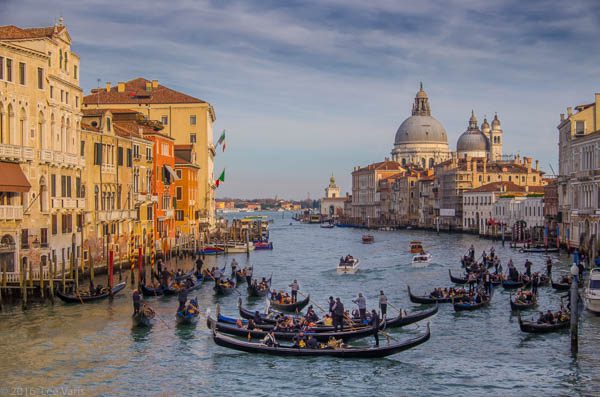
Typical travel scenic captured in Venice with the 18-135mm zoom, a great general purpose lens!
If you want to stick with the 18-55mm as your on-camera lens, and simply carry an additional zoom for those telephoto opportunities, then the XF55-200mmF3.5-4.8 R LM OIS would be a great choice! That way two lenses gets you from 18mm, usually plenty wide for most situations, all the way to 200mm (300mm on a full-frame camera) which is a very respectable telephoto length that would cover just about every general photography need, without being excessively big & heavy.
Portraits
This is a more narrowly focussed genre, and your choices are based more on whether you want higher quality, more open ƒ-stops in a single purpose prime lens, or more versatile multi-focal length zooms. Headshot portraits usually call for more limited depth of field to throw distracting backgrounds out-of-focus—here you are looking for more open ƒ-stops like 2.8, 1.8 or even 1.2! It has become quite popular to have portraits where only the eye are in focus with the ears and edge of the head going out to a very blurry background. This calls for a large aperture prime lens like the XF56mmF1.2 R or XF56mmF1.2 R APD – the later has a special super bokeh quality in the out-of-focus areas, but is quite a bit more expensive for a minor difference!
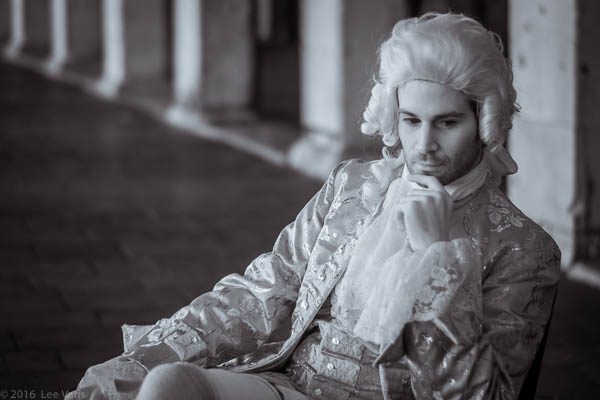
The 56mm APD has a subtly softer bokeh and is ideal for environmental portraits—this one captured in Venice during Carnival, shot with an infrared modified Fuji X-E2
The kit lens at 55mm is not too bad, but at that zoom length you only have ƒ4 so your depth of field options are restrained. The wider range 18-135mm gets you a better telephoto but again, the ƒ-stop at 135mm is restrained to 5.6. If close headshots are your thing, the XF90mmF2 R LM WR is a beautiful lens that has a gorgeous out-of-focus bokeh…
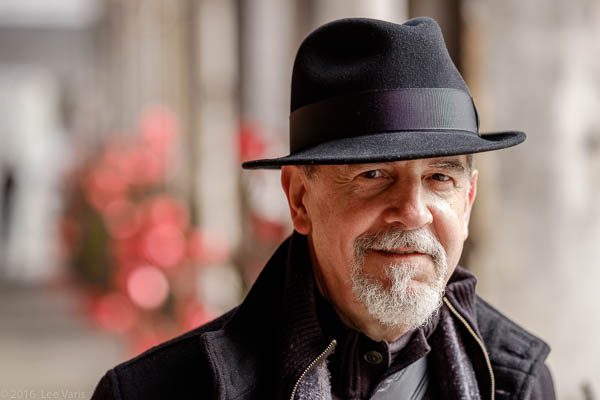
The 90mm ƒ2 is tack-sharp but the out-of-focus bokeh is gorgeous—captured during our last trip to Venice for Carnival.
If you don’t want to limit your focal length options, a fixed 2.8 zoom like the XF50-140mmF2.8 R LM OIS WR might be more desirable. However, fixed ƒ-stop zooms are larger, heavier, and more expensive, so for strictly portrait use they are perhaps not as ideal.. more on this later… Another option well worth considering is a macro lens like the XF60mmF2.4 R Macro – while not quite the same as ƒ1.2, ƒ2.4 is plenty wide most of the time, and the 60mm macro is a great macro as well as a super sharp portrait lens!
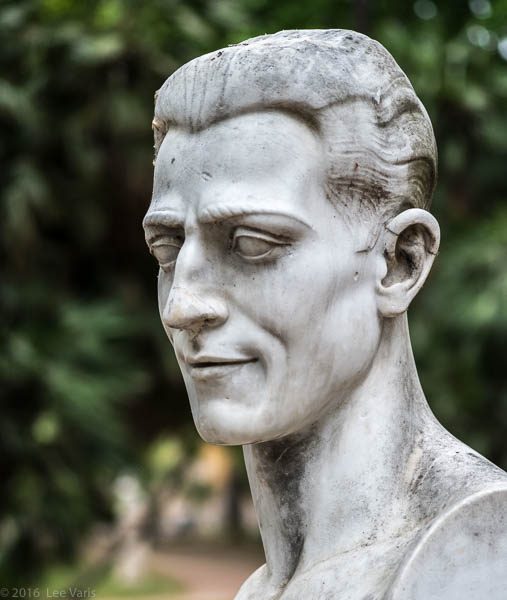
The 60mm ƒ2.4 is actually a very capable portrait lens, this shot was taken in Rome.
Landscape
Hard core landscape photographers get up early and shoot late, mostly working on a tripod, very methodically, to get the best possible quality in optimal lighting conditions (which may mean very dim twilight!) Most of the time these days, there is no significant trade-off in quality between a fixed ƒ-stop zoom and a fixed focal length prime lens, so most landscape photographers I know prefer the convenience of zoom lenses for compositional flexibility. If this is your passion, you can start off with a zoom that extends the range of your kit lens—something like the XF50-140mmF2.8 R LM OIS WR gets you into a very respectable telephoto range that builds on the kit lens. Great for more distant scenes, as well as portraits and nature details. Fixed ƒ-stop zooms are bigger and heavier than the variable ƒ-stop zooms, but they are sharper, and the wider ƒ-stops make them better in lower light conditions! If you are very serious about landscape photography, you’ll probably want to replace the kit lens with a fixed ƒ-stop like the XF16-55mmF2.8 R LM WR —this pair of lenses would cover just about every type of landscape situation. The optical image stabilization (OIS in the name) in the 50-140mm allows for hand holding to 1/30 sec. most of the time! You could substitute the XF55-200mmF3.5-4.8 R LM OIS for the 50-140mm if you wanted a little more reach—that 200mm is like a 300mm on a full frame sensor!
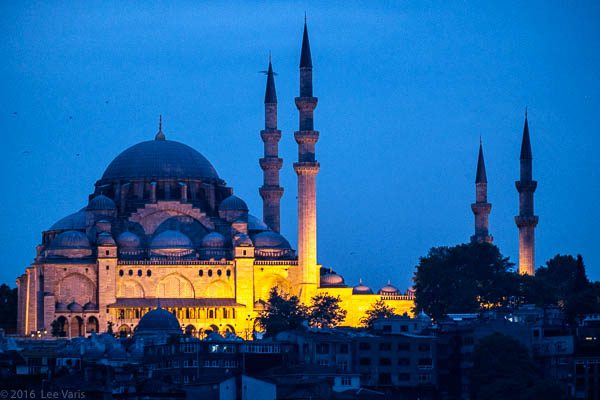
You’d be surprised how often a longer lens comes in handy with landscape/scenic imagery—this was captured during our last trip to Istanbul.
Street Photography
This genre has become much more prominent in the last several years, and it covers a range of disciplines from journalism to fine art. The primary focus of this type of photography is with day-to-day life, the reality of the scene in front of the lens. The photographer is in the action, participating, in a way, with events unfolding in from of the camera. As the “in-your-face” kind of photography, the need is for compactness, light weight & quickness, with low-light capability. This suggests small wide aperture primes in the wide to normal focal length range like the XF16mmF1.4 R WR for a wide angle, the XF35mmF1.4 R for a normal, and the XF56mmF1.2 R for a short telephoto. These are all great compact lenses that offer extremely high quality and compact form factor that looks more casual and less intimidating in a street shooting context.
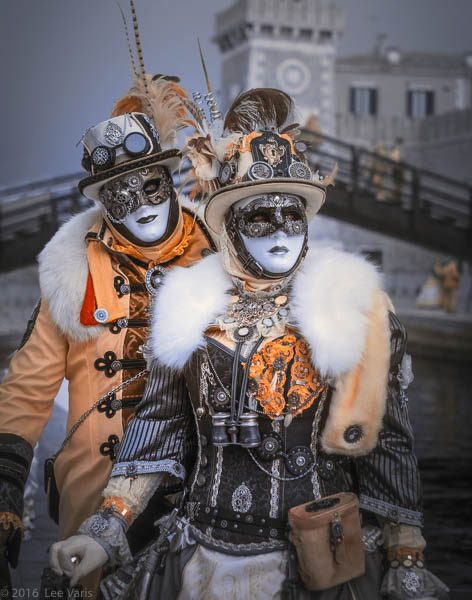
The 35mm 1.4 is a fantastic fast lens for street photography – this image captured in Venice, Italy, during Carnival, using an infrared modified X-E2 camera. The 1.4 aperture blurs the background nicely!
If you can limit yourself to one lens on any given outing, you can do very well using your feet in place of a zoom, but nothing beats a zoom lens for compositional convenience or quickness. The big surprise here is that the Fuji-X kit zoom, the XF18-55mmF2.8-4 R LM OIS is actually very good as a street shooting lens! Its only drawback is the variable aperture of 2.8 – 4, which makes it a bit slow at the telephoto end of things. However, these days with usable ISOs of 6400 and above, you can get by very handily…
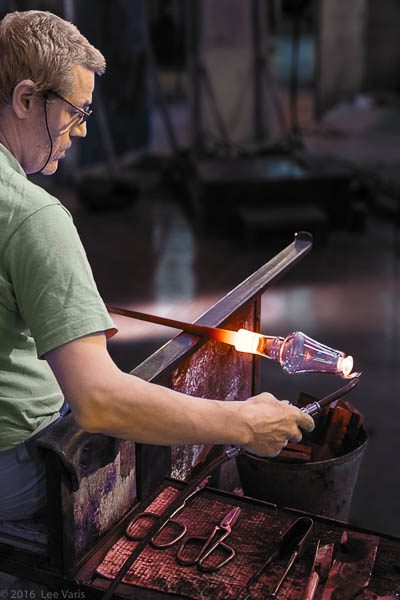
The 18-55mm kit zoom lens is a very high quality performer, well adapted to general photography situations—this was captured in a glass blowing factory in Mirano, Italy with an infrared modified Fuji X-E2, colorized in Photoshop.
The 18-55mm is very compact for a zoom, so it is less obtrusive in candid shooting—most people ignore you because the camera/lens combo doesn’t look professional.
Wildlife – Nature
Ok, so this category is really all about telephoto zooms! Usually you are observing wildlife from a distance so you’ll want the longest range you can get. The XF100-400mmF4.5-5.6 R LM OIS WR is Fuji’s longest zoom, giving you a 150 – 600mm full frame equivalent! While I don’t have this particular lens, I have tested it and the optical image stabilization is absolutely amazing. I was able to get extremely sharp images at 400mm at 1/30 sec hand holding, and even got useably sharp images at 1/15 !!!!! The lens is fairly big, but about half the size of a Canon 400mm, so its way easier to hand hold. If you want something a little more useable in general photography, you might consider a XF55-200mmF3.5-4.8 R LM OIS. While not as telephoto, this lens is very easy to hand hold and it works very well for other genres like portraits, and landscapes!
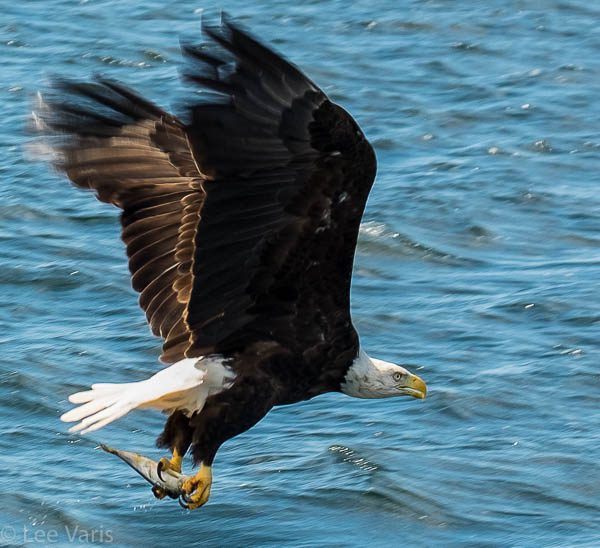
At 200mm, this zoom lens is very sharp, and easily hand holdable at 1/30 for tack sharp images!
There are certainly other choices for lenses that may be perfect for your specific combination of needs. Sports shooters are similar in their needs to wildlife photographers but may favor better low-light performance for indoor sports subjects. A fine art photographer may have special requirements for a project that crosses genre boundaries. The choice of lens is always a kind of balancing game between focal length, ƒ-stop, and compactness—depending on the particular weight granted each of these characteristics.

The weight of a lens may be the deciding factor – especially for street shooters who are out with their camera all day on a walkabout
Don’t discount the actual weight of the lens! If you have to carry the lens on the ccamerafor an extended period of time, you might consider the benefits of using a compact prime lens instead of a zoom—this is why prime lenses are often the choice for street shooters. Cost can also be an important factor! In the end, you have to decide what lens will help you make the kind of pictures you like, and what trade-offs you’d be willing to accept based on cost!
OK, so… I know you’re all thinking: “OK Lee what are your favorite lenses – and don’t say all the Fuji lenses!” Well… very hard to say because I shoot in so many different genres, but… If I had to pick only two lenses, I would go with the XF16-55mmF2.8 R LM WR and the XF50-140mmF2.8 R LM OIS WR – these two lenses cover pretty much the whole range that I normally shoot in. These are the highest quality zoom optics that Fuji makes, weather resistant, and relatively fast at 2.8 fixed throughout the range! That means that I can shoot at 2.8 at the telephoto end of the 16-55mm and still get good limited depth of field for subject isolation! However… since I share these lenses with my wife Bobbi Lane, I rarely get to use them! I usually find myself with the XF18-135mmF3.5-5.6 R LM OIS WR which is what I use about 80% of the time, mostly because I can’t pry the 16-55mm out of Bobbi’s hands! Oh well… the good thing is that I don’t change lenses as often as she does and very frequently I get a shot that she doesn’t because she’s changing lenses! The good news is that you can be very happy with the Fuji kit lens as well, so take your time deciding on your next lens—whatever your needs are Fujifilm has you covered!
